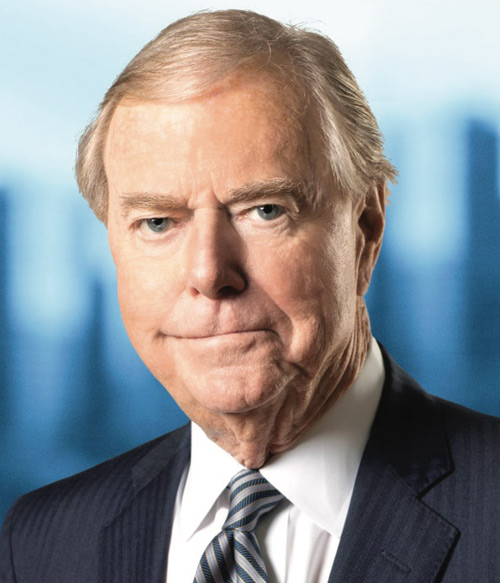It’s a Leadership Numbers Game — By the Number of Ridings

Column / Don Newman
The number of members signed up to vote in the Conservative Party leadership election was released recently. And impressive numbers they are. More than 600,000 people have been signed up and most if not all of them will be eligible to vote on September 10th when the new leader is chosen.
And out of that impressive total what is even more impressive is the number signed up by the campaign of Pierre Poilievre. The Ottawa area MP and former cabinet minister in the government of Stephen Harper was already perceived as the front-runner in the leadership race because of the large, enthusiastic rallies he has been holding across the country. Now he has cemented that position with his sign-up total, more than 300,000 members brought on by his team.
Only one other of the six candidates released membership numbers. Patrick Brown, mayor of Brampton and former Ontario Progressive Conservative leader said he had added about 150,000 names to the membership rolls, a total far short of the Poilievre numbers. The other four candidates in the race did not release their sign-up totals, perhaps because of the embarrassing comparison with the front runner would create.
However important signing up members is, and all the candidates want to sign as many as they can, it is not quite as important as it might at first seem.
That is because the Conservatives have a complicated system for selecting their leaders. Every eligible party member gets to vote in the riding in which they live. Not only do they get to vote once, they get to rank the candidates on the ballot in the order they prefer them to be leader. Then it gets a little more complicated. Each of the 338 ridings in the House of Commons is worth 100 points in the leadership electoral system. Those points are distributed to the various candidates based on the percentage of the vote they received in the riding. A candidate who received 40 per cent of the vote would receive 40 points. A candidate who received 25 percent of the vote would receive 25 points and so on. In sum, there are 33,800 points, with 16,900 needed to win.
This system was adopted when the Conservative Party was formed through a merger of the Progressive Conservative Party and the Canadian Alliance. It was insisted upon by the much smaller Progressive Conservatives so their members would not be swamped selecting a leader by the much larger membership of the Alliance. That means a riding with only 100 members has the same 100 point weight as a riding with 3,000 members. That’s where the numbers in Quebec’s 78 ridings become interesting to compare with Alberta’s 34 ridings.
That is the hope of the other five candidates in the leadership race. It is particularly the hope of Jean Charest, the former premier of Quebec and former Mulroney government cabinet minister. He is trying for a political comeback in an effort to bring the Conservatives back from the right wing of Canadian politics to a more centrist position where most Canadians other than those in Alberta and Saskatchewan live.
But based on the numbers released by the Poilievre campaign it appears that not many Conservatives want to go there with him. Poilievre is a Conservative who supported the truckers’ convoy in Ottawa this winter, wants to fire the governor of the Bank of Canada and supports Bitcoin as a way to fight inflation.
He claims his campaign is about “freedom” and he opposes COVID-19 vaccine mandates. Those ideas helped his campaign with its truly impressive sign up of members. They clearly resonate with many Conservatives but polls show they are rejected by a majority of Canadians. Add to that the traditional Conservative opposition to gun control and a lingering opposition to abortion, and it is not clear how the race to elect a new leader is going to dramatically improve the party’s electoral prospects among the broader mainstream of Canadians.
Contributing Writer and Columnist Don Newman, an Officer of the Order of Canada and Lifetime Member of the Parliamentary Press Gallery, is Executive Vice President of Rubicon Strategy in Ottawa.
